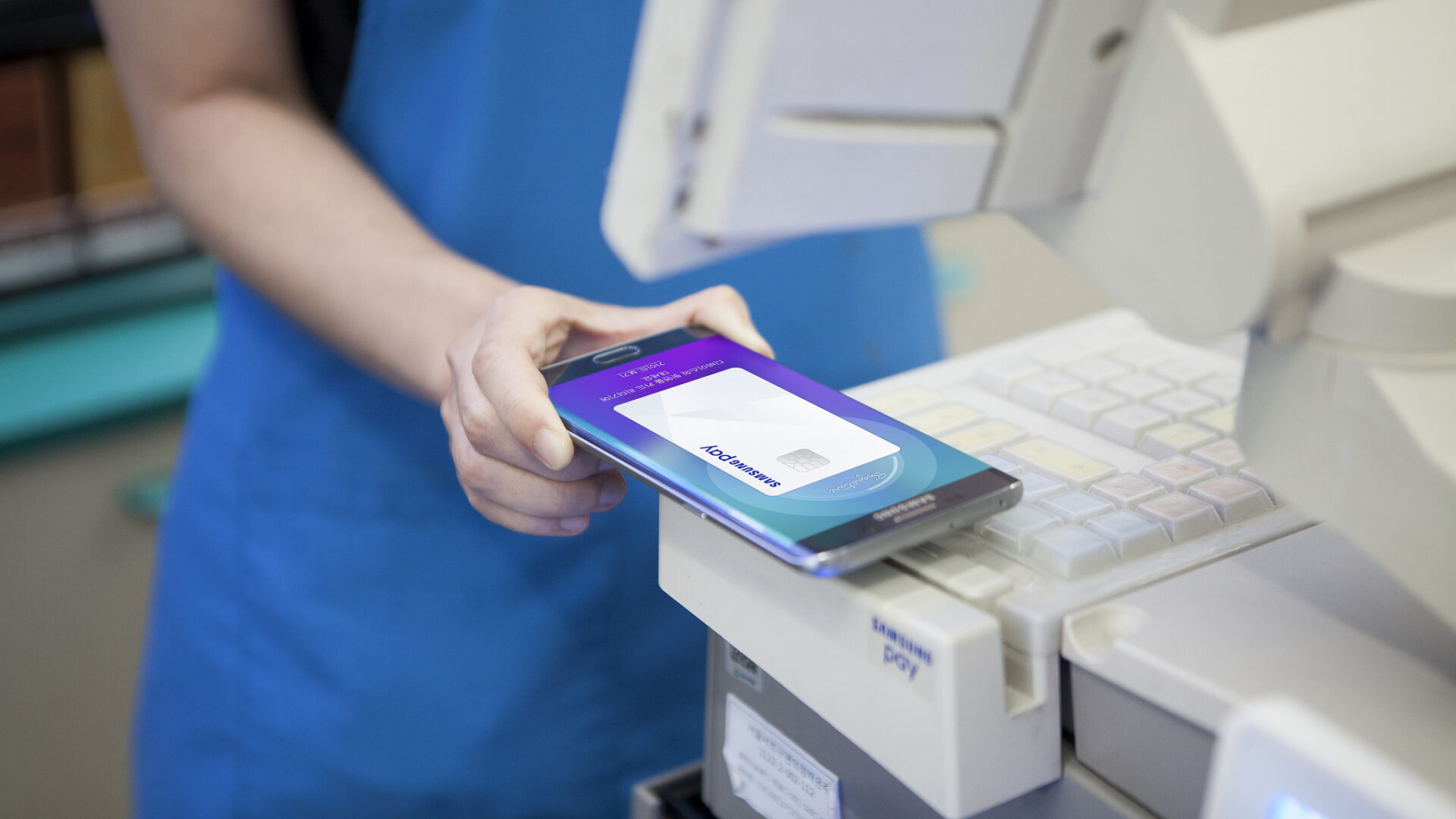Samsung and Apple are both competing in the mobile payments market with Samsung Pay and Apple Pay, yet both of them have different strategies. Apple sees its mobile payments service as a source of revenue. It's believed to charge merchants around 0.15 percent of the transaction value in the United States while Samsung asks for no such payment from its partners. Samsung doesn't see Samsung Pay as a new revenue stream, at least not yet.
The company considers Samsung Pay to be an engine that drives sales for its smartphones. The idea is to help people get more out of their phones, to make them fall in love with them so that they always stick to the Samsung ecosystem, and Samsung Pay is gradually becoming an integral part of that ecosystem. “We're a hardware company, and at the end of the day I think what we're trying to do is get people who hold (one of) our phones and use it … to just love it more,” Elle Kim, Global Vice President of Samsung Pay, told Reuters.
Samsung is slowly expanding its payment service to more markets across the globe. It launched in three new markets over the past three weeks, is already available in China and the United States, and has processed more than $1 billion in transactions in South Korea ever since it was launched there last year. It's going to launch the service in markets like the United Kingdom, Canada, and Brazil later this year. Samsung is also planning to eventually offer the payment service on its virtual reality headset.





